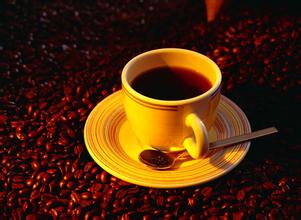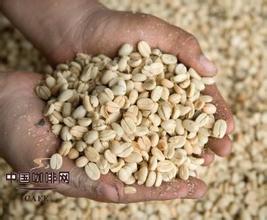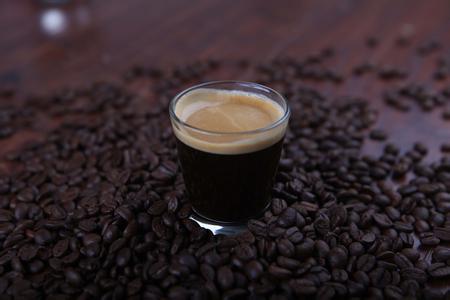Coffee extraction rate formula most standard time
The most standard time of coffee extraction rate formula
What is a good coffee?
If we want to understand what a good coffee is, we first need to know the standard of its cooking technology in the IEEE world. After all, if you want to determine whether your coffee can be classified as a good product, it is helpful to have a standard as a reference.
Measuring the quality of coffee dates back to the 1950s. At that time, E.E., a professor in the Department of Chemistry at MIT. Lockhart conducted a series of surveys to study American taste preferences. In general, he surveyed many people who drank coffee and asked them about their preferences.
Lockhart published his research results with a "coffee cooking control chart", showing what the best coffee was in the minds of Americans at that time.
Years later, the American Professional coffee Association (SCAA) confirmed that American tastes had not changed much. For Americans at least, the perfect coffee is the coffee with an extraction rate of 18%-22% and a total solid solubility of 1.15%-1.35%.
Confused by technical terms? Please don't do this.
The extraction rate refers to the amount of coffee particles extracted from the original dry coffee residue. The total solubility of solids represents the actual percentage of coffee solids in a cup of coffee (commonly known as "cooking strength").
Put this information together and you get the coffee cooking control chart, in which the central area highlights the optimal combination of cooking intensity and extraction rate.
Our purpose of modulating coffee is to achieve perfection. Everyone seems to be bragging about their unique and mysterious process of achieving the best extraction rate, but we're here to tell you that it's no big deal.
Instead, the key is based on the golden ratio of 1 coffee to 17.42 parts of water. This ratio best takes you to the best area, and there is no unit limit, which means it's up to you whether you want to be in grams, ounces, pounds, quartz stones or tonnage units.
Therefore, if you want to prepare coffee with an extraction rate of 20% and a total solid solubility of 1.28%, you can use 30g of dry coffee and 523g of water as the base, and then adjust it on this basis.
At the same time, the concepts of extraction rate and total dissolution of solids are often mistakenly confused. It is important to figure out the difference between the two concepts.
Cooking strength refers to the amount of solid coffee dissolved in your coffee. And the extraction rate indicates the amount of extract you get from dry coffee. The point is that strong coffee has nothing to do with bitterness, coffee content or baking curve, only with the ratio of coffee to water in your cup.

Important Notice :
前街咖啡 FrontStreet Coffee has moved to new addredd:
FrontStreet Coffee Address: 315,Donghua East Road,GuangZhou
Tel:020 38364473
- Prev

Coffee pull foam requirements-what kind of milk does coffee pull flower use?
Coffee pull foam requirements-Coffee pull flower with what milk first is to beat the milk foam to 80% to 90% full, compared to dry, you can play 10% less to solve. The second is that the crema surface of the espresso is too shallow from the bottom of the cup, causing the foam to float on the crema as soon as the foam is injected. Solution: tilt the cup as much as possible to increase the depth of the surface and bottom of the crema meter. When injecting, inject into the deepest point.
- Next

What is the concentration of milk in the coffee cups? how big is the coffee cup?
How much milk should be used for coffee lace? how big is the coffee cup? 1. Wet cappuccino milk foam is 6 or 7% full; (this milk bubble is very good-looking when making leaves and other patterns. At the same time, this milk bubble can also be used to do latte.) 2. Dry cappuccino milk foam is full; 3. Half cappuccino milk bubble is 80% full; I prefer 90% milk foam. (
Related
- What is the meaning of lactic acid fermentation with coffee bean treatment?
- How to judge the state of foam by sound?
- How does the latte pull out the unicorn pattern? Come to get for a little trick to improve the flower pull!
- Will flower pulling affect the taste of the latte?
- Do you know the history of coffee?
- The difference between honey treatment and sun washing what is raisin honey treatment?
- What kind of milk can a novice use to make coffee foam to keep the foam longer? The correct method and skills of milking tutorial sharing
- Why do washed coffee beans taste sour? Flavor characteristics of washed Coffee
- Introduction to the skill of how to practice the size and height of water injection around the circle of hand-brewed coffee
- How do beginners practice coffee flower drawing from scratch?

